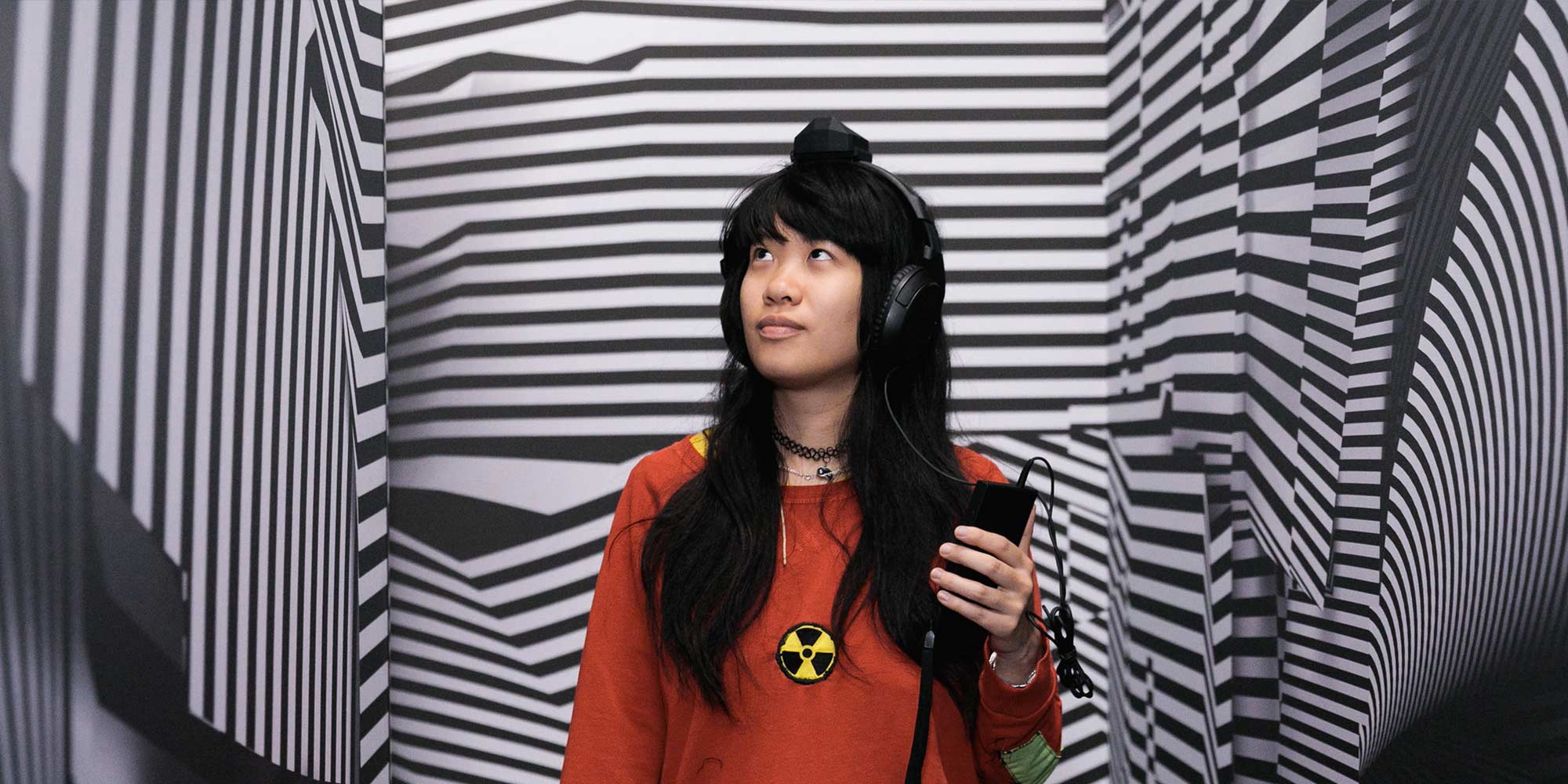The second incubation stage took place between November 2022-September 2023. In the second stage of DOORS – Digital Incubator for Museums, 20 museums across Europe worked closely with digital solutions providers to implement their pilots and received the support and guidance of experts in workshops, inspiration sessions, individual mentoring.
The projects and learnings of the museums were summarised in the second part of the Sparkle Report – a collection of the 20 case studies as well as the observations, comments and opinions of experts in the museum sector.
Read full Sparkle Report IIInnovating audience analysis and engagement
In this innovation area, museums dove into audience analysis to improve their segmentation models, design more complex, personalised user journeys, services, and cultural offers, or attract new, diverse audiences. Others focused on engaging audiences by experimenting with the visitor experiences, whether by bridging between the online and onsite, bringing collections outside of the traditional museum space, or augmenting the exploration of onsite collections with digital content.

Digital Audience Analysis – Audience segmentation based on user motivation
The Neanderthal Museum in Germany leveraged the learnings from their pandemic-time digital offers to refine their audience research and segmentation. The museum defined digital user segments based on motivation by generating and evaluating onsite and offsite data. This classification model sets the foundation for a more accurate user segmentation which can help create more purposeful and relevant content and allow for more economical use of resources in future digital projects.
Read full Sparkle Case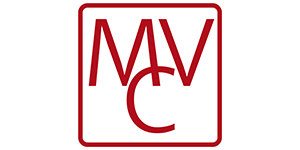
The Open Air Museum | PaleoVignola
Museo Civico Vignola Augusta Redorici Roffi (IT)
Museo Civico Vignola Augusta Redorici Roffi connected the museum with its history-imbued surroundings. The web app aims to rebuild the community around the museum, connecting the exhibition rooms to the open-air museum along the Panaro River. It allows visitors to enjoy the collections in different spaces, and place them in real-life contexts. The web app is an addition or an alternative to the museum visit, as audiences can explore the collections in the traditional or the less traditional – though equally rich in traces of an ancient past – museum space.
Read full Sparkle Case
Awakening Memories, Leaving Traces | MALT
The Regional Museum Goriški Muzej (SI)
For locals and visitors to be able to explore the city and its evolution over time, The Regional Museum Goriški Muzej developed an interactive web-based augmented reality application with photos from the museum’s archive. More than an AR travel guide, the web-based app was designed with co-creation in mind and allows locals to comment, and add their memories and knowledge about different locations. Besides awakening memories, the app encourages locals to contribute to the living archive of the city and leave traces in the form of images and comments.
Read full Sparkle Case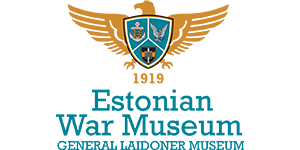
Innovation in Audience Analysis and Engagement
The Estonian War Museum (EWM) reinvented its service delivery (including exposition, events, and communication) to increase the numbers and levels of engagement of young visitors. The project started with an in-depth analysis of potential young audiences in search of engaging formats. The museum increased its visibility with communication campaigns tailored to channels most used by youngsters. The project aligned with the museum’s overall goal of contributing to the objectives of the Estonian National Defence Development Plan (ENDDP) focused on the conception of comprehensive national defence.
Read full Sparkle Case
E-park Guide
Arboretum Volcji Potok (SI)
The Arboretum Volcji Potok created an e-park guide augmented with gamification elements as a new, innovative, and entertaining way for families with children to explore the park and connect with nature. The virtual guide shares information and facts via a chat and audio interface. Alongside the story, text, illustrations, photographs, videos, games, and puzzles highlight points of interest, different types of plants, animals, landmarks, and history. A two-way communication format allows users to complete tasks and receive rewards, making the visit an interactive, enticing, and memorable experience.
Read full Sparkle Case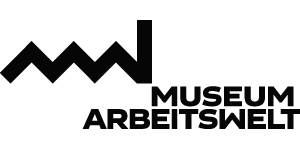
Be A Part – encourage engagement in digital education
The Museum of the Working World (AT)
The Museum of the Working World in Austria designed an interactive e-learning platform with gamification elements to motivate long-term audience engagement with the museum’s content. Complementing the on-site visit with what can be described as a ‘digital map’ of the museum, the platform offers a choice of educational paths – similar to a computer game based on riddles and/or problems to be solved – connected to the exhibitions. The goal is to prepare visitors for the in-person visit, make the visit more memorable, and expand the educational value of the exhibitions.
Read full Sparkle Case
Mariemont 3D: a new user approach and visitor experience
The Royal Museum of Mariemont (BE)
As part of a larger project, the Royal Museum of Mariemont laid the ground for a digital transition by mapping out the museum’s business architecture to identify ICT opportunities, assessing past digital activities, brainstorming future digital storytelling ideas, and creating staff training opportunities in 3D modeling software. The museum aims to address the challenge of attracting and creatively engaging “non” or “absent” and “future” visitors and stakeholders. Using design thinking methods for qualitative audience analyses of ecosystem stakeholders and young descendants of the museum’s existing patrons (Friends of Mariemont), the museum developed a new interactive visitor experience from 3D scans of several key works from its collections.
Read full Sparkle Case
AR Quest: Urajärvi Mansion
The Association of Uräjärvi Mansion´s Friends (FI)
With AR Quest: Urajärvi Mansion, the Association of Uräjärvi Mansion´s Friends in Finland created meaningful ways for visitors to interact with the museum’s history, exhibits, and landscape throughout the year. The website revamp allows visitors ( particularly those with disabilities) to explore the collection easily. The experimentation with AR expands the visitors’ experience, allowing them to bring the museum’s artifacts into their homes. While making its collection more accessible and opening new engagement and communication channels, the museum also gathered knowledge about its visitors’ preferences to continue developing relevant digital content.
Read full Sparkle Case
Digital Storytelling and Gaming App | THE TSM QUEST!
Terra Sancta Museum in Jerusalem presents its historical knowledge in a meaningful and interactive way using a hybrid experience that merges augmented reality with site-based learning. The gaming app’s storyline and interactive features were co-developed with the project’s target group – the marginalized Arab community living in the catchment area of the Museum. The TSM Quest enhances the onsite visit to the museum and can also be experienced offsite without losing its relevance and attractiveness.
Read full Sparkle Case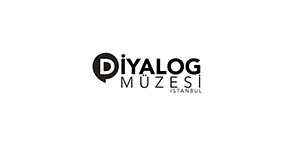
The only way to learn is through encounter!
To raise awareness about issues of equality, diversity, and inclusion, The Istanbul Dialogue Museum honed the digital literacy of its disabled employees and involved them in content creation – as active contributors to a digital archive that gathers stories about their work experiences and encounters with visitors. The museum strengthened its relationship with existing audiences and diversified the visitor profile by investing in a two-way communication digital tool and a digital marketing campaign titled ‘Every Experience is Unique’.
Read full Sparkle Case
Innovating Audience Engagement for Hybrid Events
IMPAKT [Centre for Media Culture] (NL)
IMPAKT [Centre for Media Culture] in The Netherlands developed a CRM system to communicate and build meaningful relationships with hybrid audiences. To respond to the different needs of online and onsite audiences, the centre refined its existing audience segmentation and developed strategies to consider engagement during an event, as well as interaction possibilities before and after it. Two “Arches of Engagement” – user journey visualisations that map the touchpoints in the different phases of interaction – were the basis for a modular CRM.
Read full Sparkle Case
Hands on the Map! at Maps Museum | Nova’s Quest
The National Museum of Maps and Old Books (RO)
The National Museum of Maps and Old Books in Romania created an AR mobile application offering edutainment experiences for children between 10-14. To link non-formal and formal education, establish itself as an educational environment and diversify its audiences to include more school children and teachers, the museum created content with 3 levels of difficulty addressing different age groups and referencing the school curricula. The museum involved teachers in co-designing the app and embedded analytics tools to gather statistics and data about the users’ behaviour and engagement with the app.
Read full Sparkle CaseNew content distribution and revenue models
The pilots in this innovation area set the stepping stone for new business models with new ways to distribute content and generate revenue. Whether by creating unique experiences, blueprints for digital solutions that can be adopted, E-shops, or by expanding the range of services offered, the museums try to become more resilient and financially sustainable.

Digital Museum Escape Game | Ctrl+Shift+Esc
The Computer History Museum (SI)
The Computer History Museum (Računalniški muzej) in Slovenia developed a shared remote experience as an online escape game inspired by retro gaming and treasure hunt TV games. By harnessing the entertainment power of riddles, puzzles and treasure hunting, the app wants to pique interest in the history of computing. It’s an environment where players explore the collection via a strong digital narrative revolving around riddle-based problems. As they connect various clues and hints, players encounter retro-gaming elements (text adventure, terminals, 8-bit graphics) and become familiar with digital technology (binary system, cryptography, inner-workings of digital circuits) in a fun and exciting way.
Read full Sparkle Case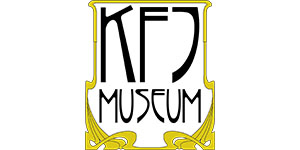
Digital Warmth with tiled stoves
Kaiser Franz Josef Museum Baden (AT)
Having already transformed its digital catalogue (DIPkatalog) of tiled stoves and tile models, Kaiser Franz Josef Museum Baden further developed its visualisation with the platform DIPworld. This allowed the museum to set objects in new contexts, connect locations, stories and processes, and enable a multi-stakeholder exchange between museums, researchers, and audiences. Digital Warmth with tiled stoves – a cultural asset deeply rooted in Austrian tradition and utility, used and adapted for hundreds of years and reflecting people’s daily life – created a blueprint for the digitalisation and cross-collection presentation of cultural assets.
Read full Sparkle Case
Interactive Hub for Wooden Architecture
The Museum of Urban Wooden Architecture (LT)
The Museum of Urban Wooden Architecture addressed the challenge of preserving local historical wooden architecture. The hub provides the community of wooden house owners with easy-to-access resources on wooden architecture and its preservation, support in finding specialized contractors and service providers (carpenter, woodworker, architect, blacksmith etc.), or help finding solutions that reflect the time period. Besides collecting the expertise and knowledge in one place, the platform will be expanded to host an online shop where homeowners, carpenters, and architects can acquire authentic architectural elements for their projects.
Read full Sparkle Case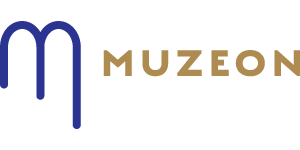
An inclusive digital transformation of the museum experience | Muzeon App
Muzeon – Storytelling Jewish History Museum (RO)
Muzeon, Storytelling Jewish History Museum in Romania improved their audio guide web app by adding three additional languages, and new accessibility features. The project helped the museum reach new audiences, from non-English speakers to seniors and people with vision or hearing impairments. In addition, Muzeon developed a content manager to simplify the process of adding new data and content to the audio guide. The content manager will also be marketed to other museums as a subscription service.
Read full Sparkle Case
RadioMoLI: Archive of Tomorrow
Museum of Literature Ireland (IE)
The Museum of Literature Ireland (MoLI) expanded RadioMoLI – a public, free-to-access creative space with a distinctive voice that promotes multiple narratives, through a constantly expanding series of podcasts, readings, and short-films. Alongside the pre-programmed ‘live’ stream, the project streamlined the ‘on demand’ component to create a more user-friendly experience compatible with multiple devices and explore potential offline features. MoLI also equipped its in-house recording studio powering content production and, at the same time, opening a new revenue stream by making the studio available for hire.
Read full Sparkle CaseStrategies for integrating infrastructures
This innovation area addresses the importance of in-house infrastructure in digitalisation, to ensure that the museums are less reliant on external stakeholders and have more opportunities when it comes to digitising their collections, expanding their use, and making them available to wider audiences.

3D Scanning Infrastructure for Nature Education and Remote Research
The Natural History Museum and Botanical Garden of the University of Tartu (EE)
The Natural History Museum and Botanical Garden of the University of Tartu in Estonia addressed to the need to use museum collections for nature education by setting up the infrastructure for 3D scanning of physical objects (insects, bones, taxidermy, fossils etc.). An automated 3D-scanning station was set up within the museum and the images were stored in the existing collection and biodiversity data management system PlutoF. The data management system is accompanied by a web-based app offering a new way for citizen science, public education, and research to use digital images of natural history objects.
Read full Sparkle CaseExperimental ICT programmes
This is an area of experimentation with shared information and communication technologies. The museums in this innovation area worked with others to set up digital platforms that re-design the curatorial process or develop infrastructure that can be adopted across the sector.
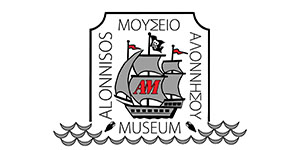
DigiSmALL: Digital Curator for Small Museum
Alonissos Museum of K.& A. Mavriki (GR)
Alonissos Museum of K.& A. Mavriki in Greece developed an innovative, affordable, and user-friendly web platform based on interconnectivity, simplicity and knowledge transferability. The platform allows small museums to create digital databases of their collections, display their work, network, and get access to funding while increasing revenue through a collective e-shop. For a small membership fee, museums can use DigiSmALL to register exhibits, create interpretation lines, exhibitions and online educational programmes, and open communication channels with researchers to receive advice on museological or conservation issues. With DigiSmALL, the Alonissos Museum offers a model for common possession, and knowledge and infrastructure sharing.
Read full Sparkle Case
READ – Responsive E-Ink Adaptive Displays
READ-Responsive E-Ink Adaptive Displays revolutionised museum labeling and displays by making them inclusive, personalised, and adaptable. One of the fundamental values of St Ives Museum is inclusivity. If the interpretation of exhibits and displays is one of the first barriers to making a museum accessible to all, then the reinvention of the humble museum label is imperative. The responsive e-ink adaptive displays allow increased engagement from all audiences and allow the museum to provide different perspectives, without taking up valuable space. The system is agile, environmentally sustainable and has low running costs.
Read full Sparkle Case